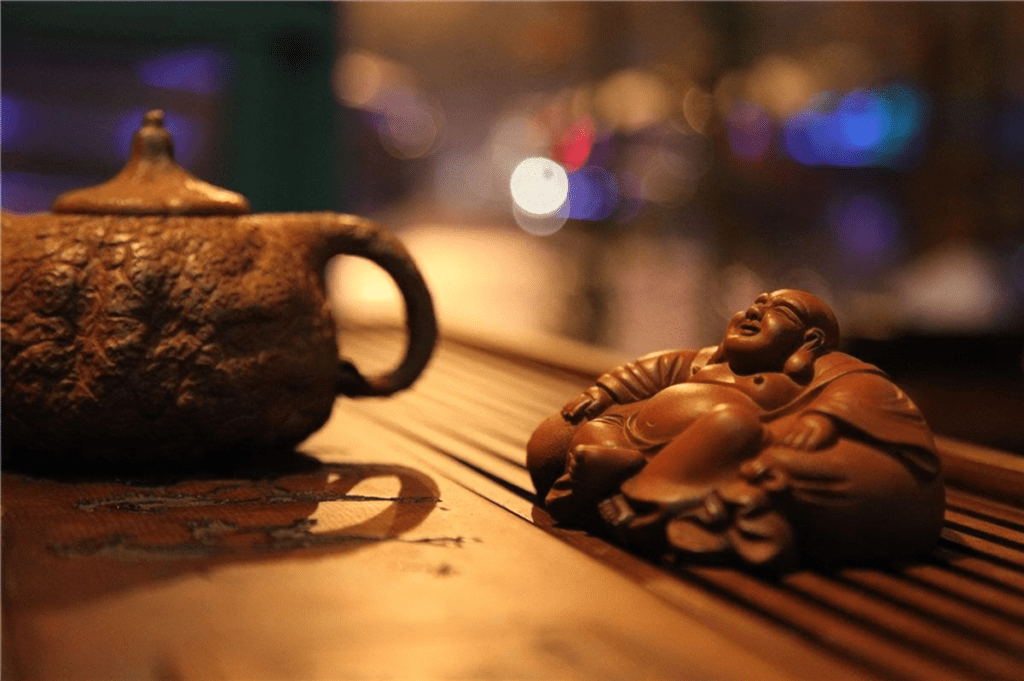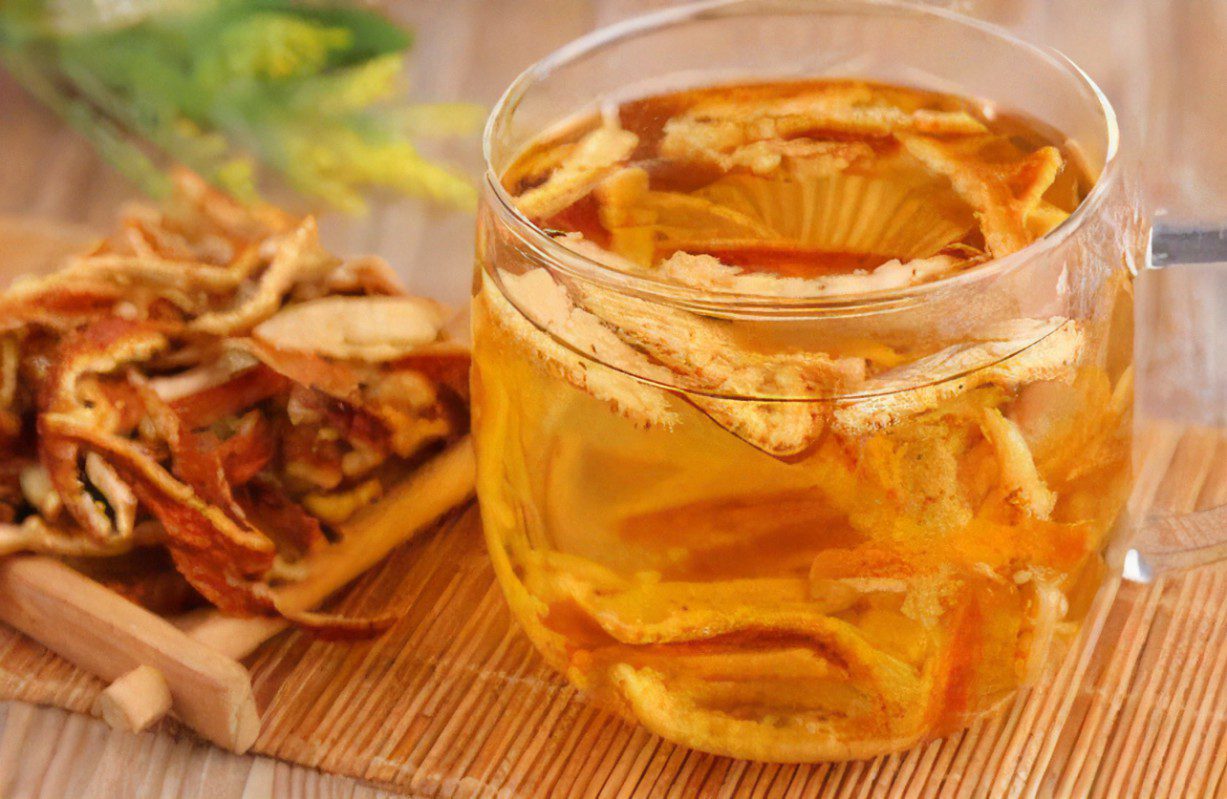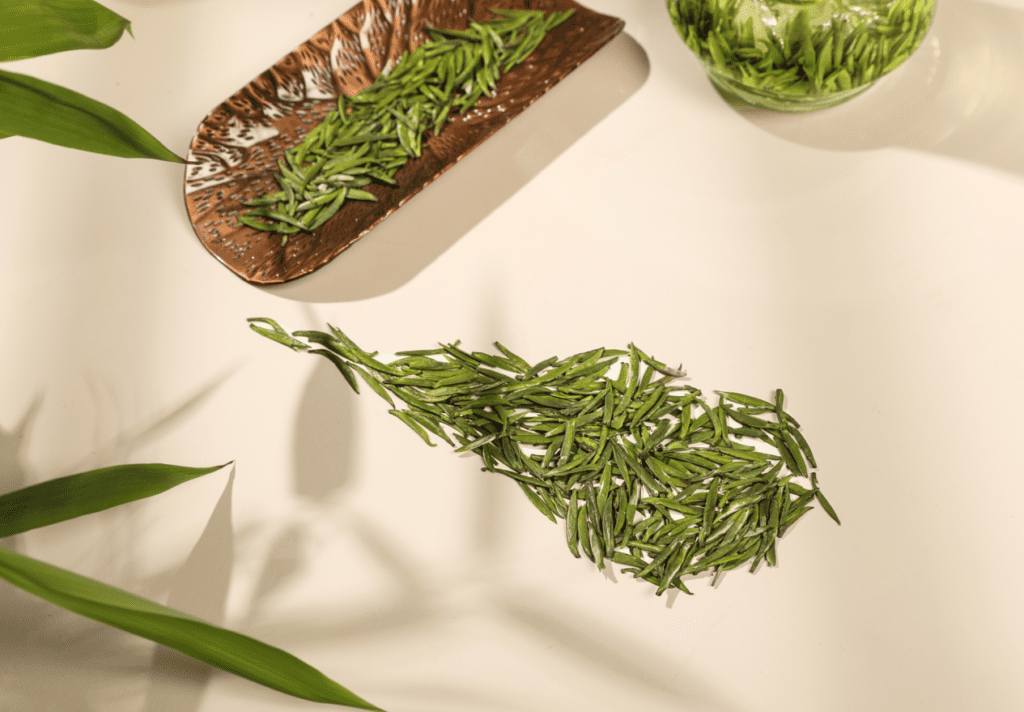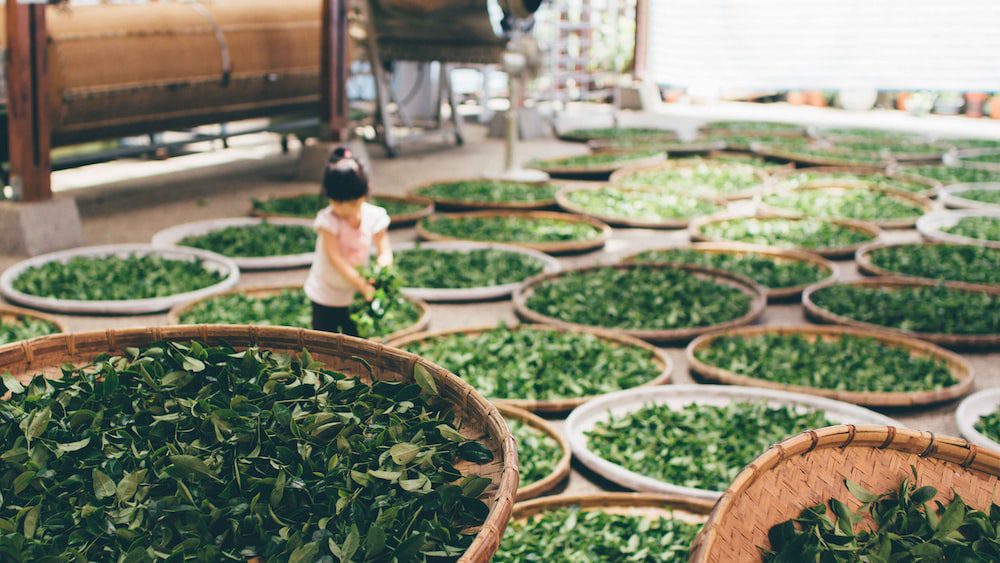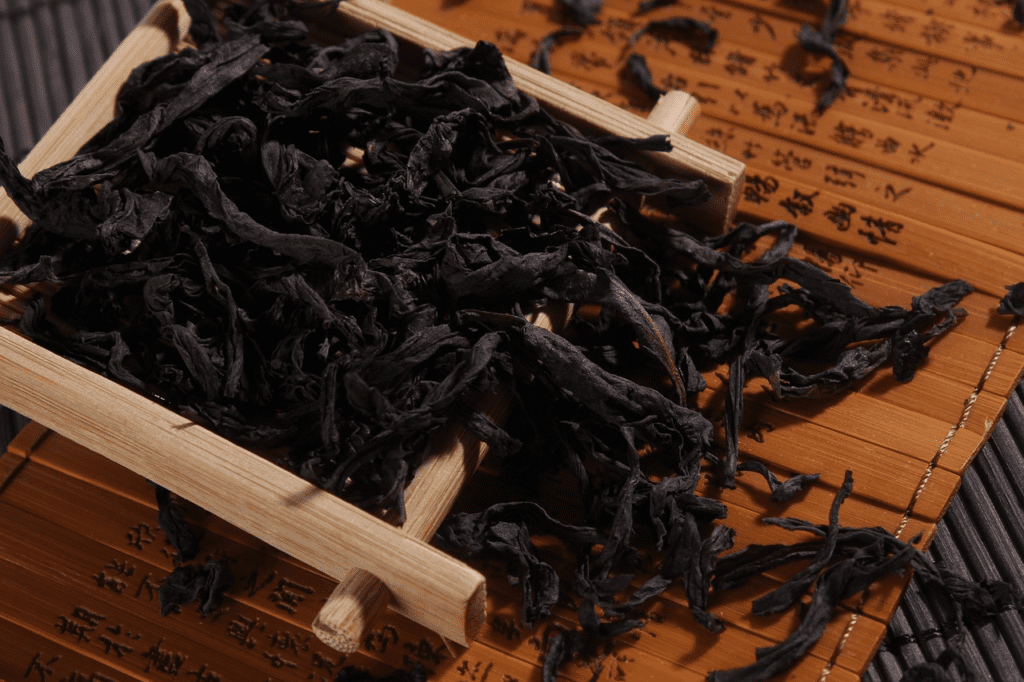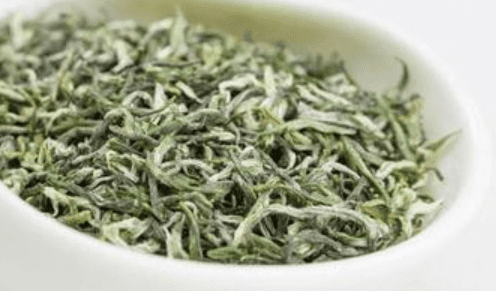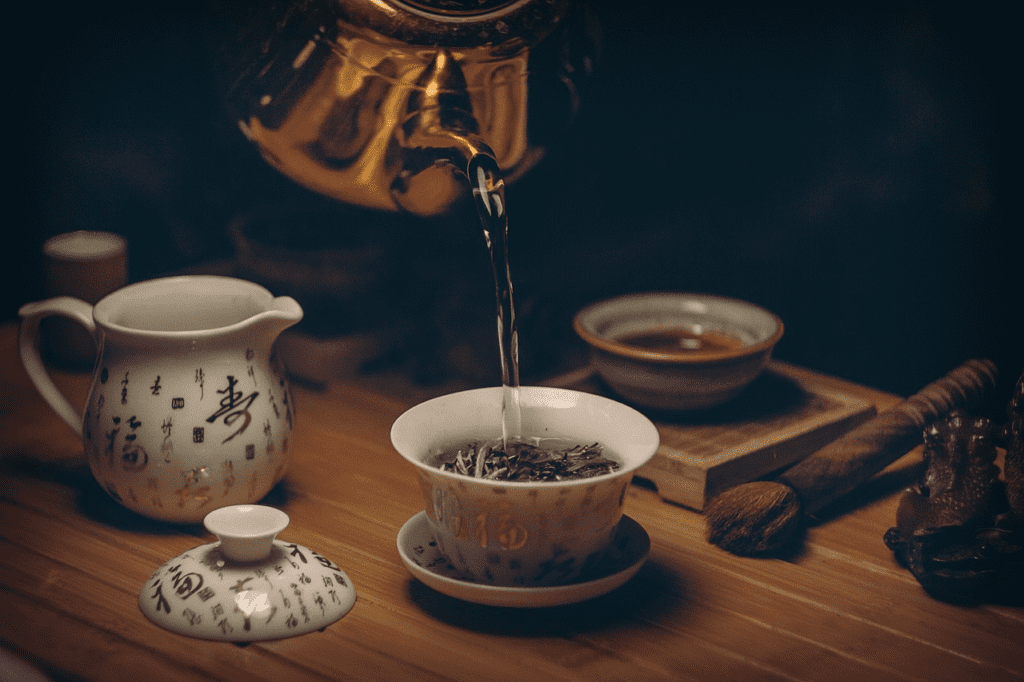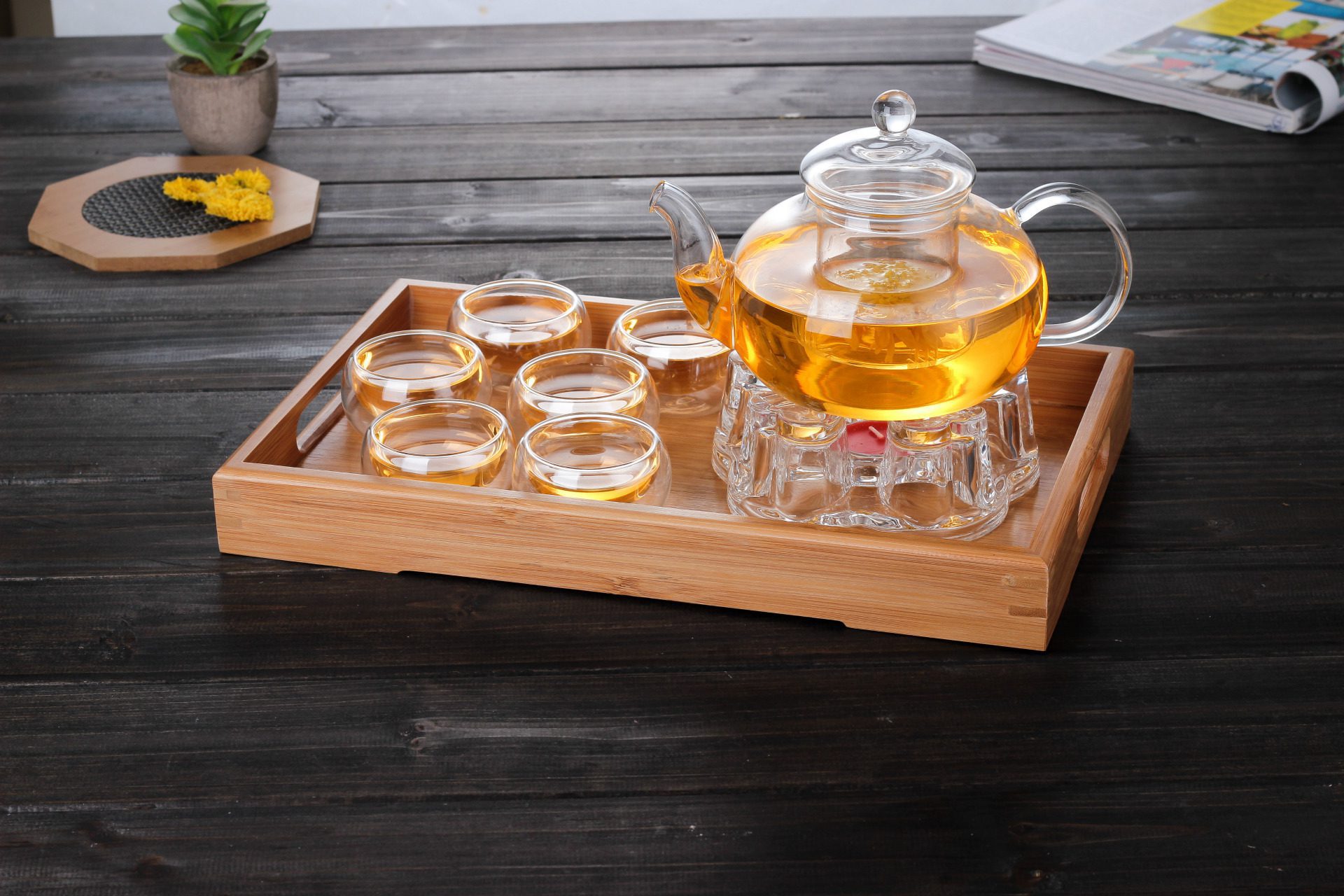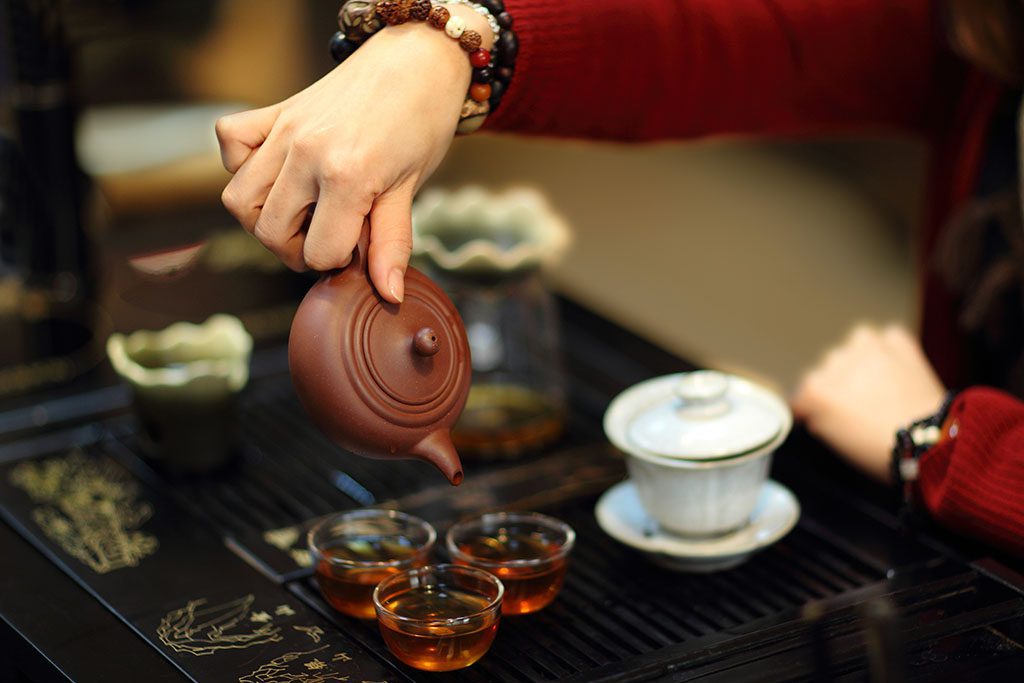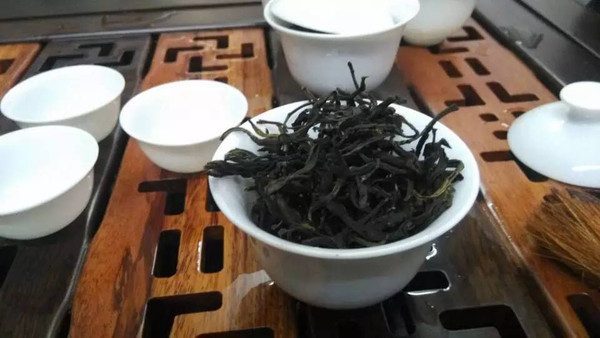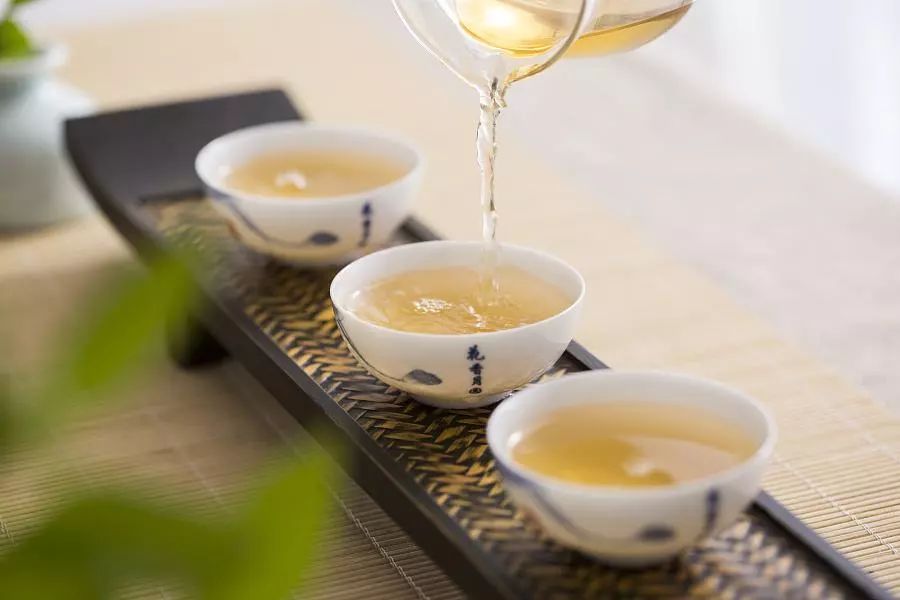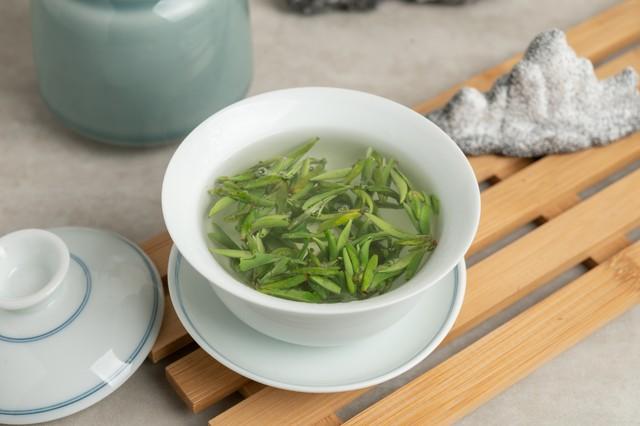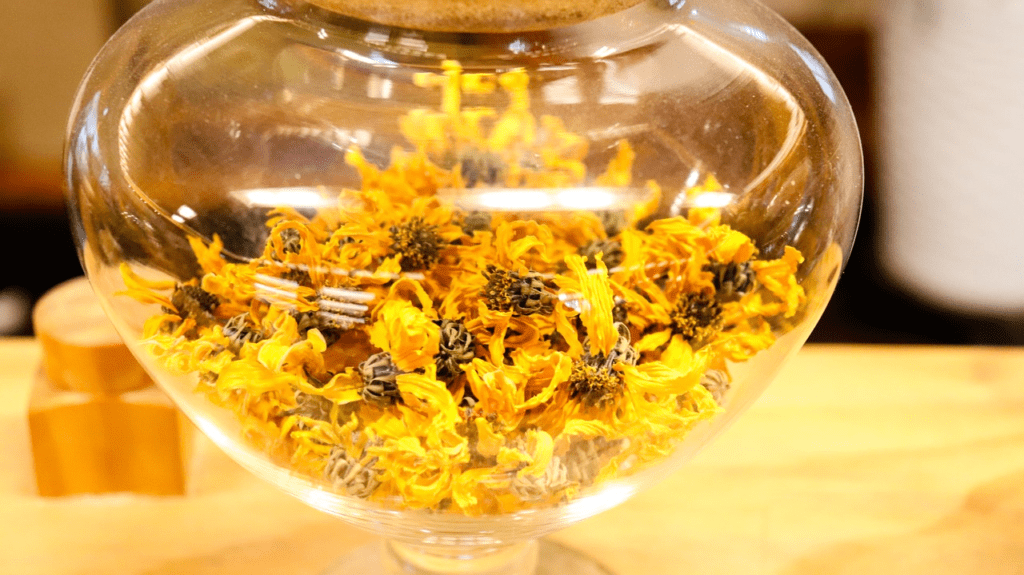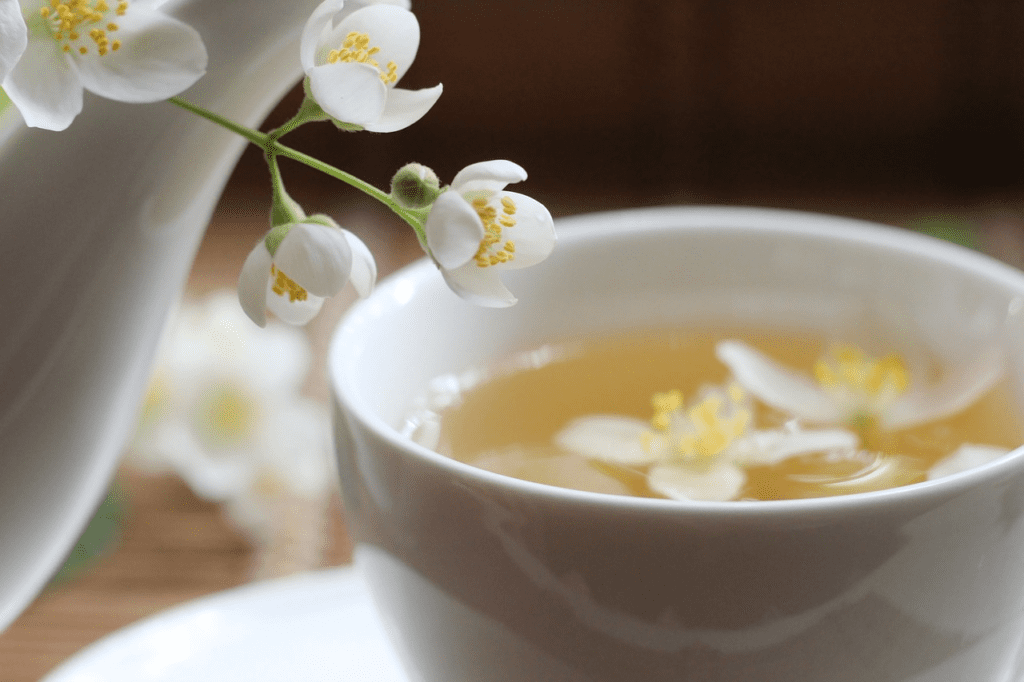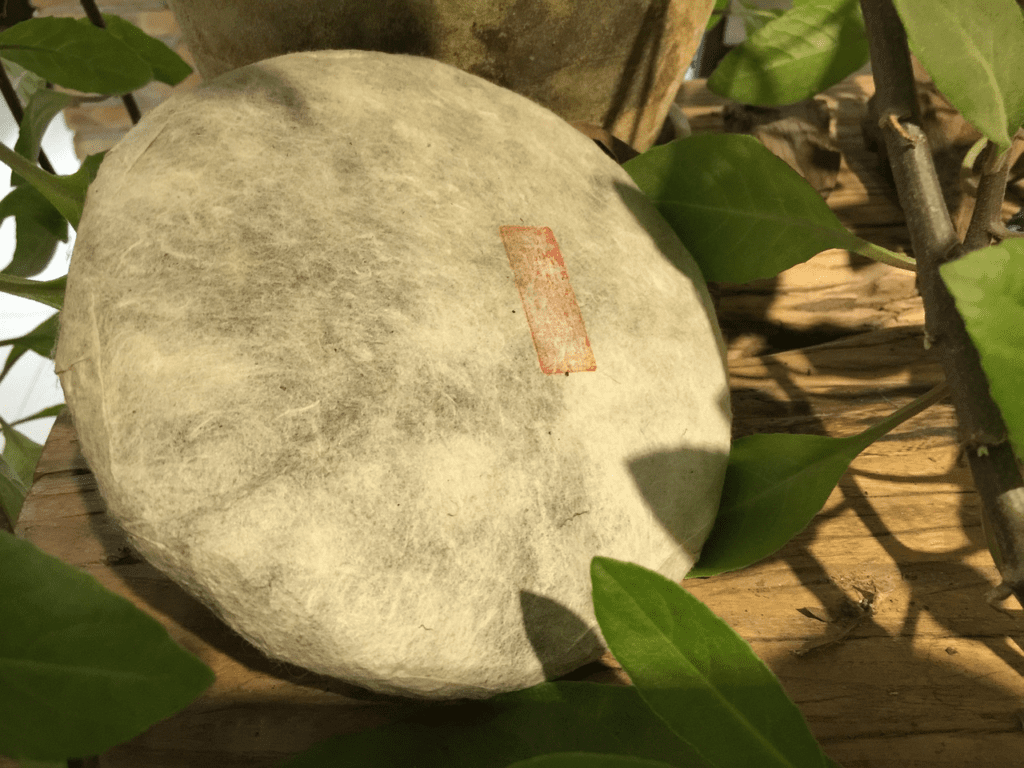Tea, as an important part of oriental culture, is not only a beverage, but also an art of living and a spiritual symbol. In China, tea culture has a long history, and it has become an integral part of people's daily lives by combining elements of elegance and vulgarity. In this article, we will take a closer look at the elegance and vulgarity of tea culture and how they have come together to shape this unique cultural phenomenon.

History of Tea Culture
The origins of tea can be traced back to ancient China, where it is rumored to have been first discovered and used by Shen Nong. Over time, tea gradually changed from a medicinal plant to a daily drink, and a complete tea ceremony culture was gradually developed. Lu Yu's Tea Classic of the Tang Dynasty is an important document of Chinese tea culture, which details the cultivation, production and consumption of tea, as well as the cultural and philosophical ideas associated with it.
The Elegant Culture of Tea
In ancient China, tea was regarded as an elegant beverage that complemented the poetry, calligraphy, zither and painting of the literati. Tasting tea was regarded as a way to cultivate one's body and mind, and the literati used tea to cultivate their emotions and exchange ideas. The four principles of "harmony, respect, clarity and silence" in the tea ceremony reflect the spiritual pursuit of tea culture.

Tea Culture
Opposite to the elegant culture is the mundane culture of tea, which is more often reflected in the daily life of the folk. In many parts of China, teahouses were important places for socializing and relaxation, where people enjoyed their leisure time by chatting, playing cards and listening to books. Tea performances, tea banquets and other activities have also become part of folk celebrations of festivals and important events.
Types of Tea and Tasting
There are many types of Chinese tea, which can be categorized into six main types according to the degree of fermentation: green tea, black tea, oolong tea, white tea, yellow tea and black tea. Each type of tea has its own unique flavor and tasting style. For example, green tea is fresh and crisp, while black tea is known for its richness and sweetness. When tasting tea, you should not only taste the flavor of the tea, but also appreciate the color, aroma and the art of brewing tea.
The Modern Heritage of Tea Culture
As society develops, tea culture continues to be passed down and innovated. Modern tea art combines tradition and modernity to create new ways of drinking tea and experiences. At the same time, tea culture has been widely spread internationally, becoming an important link between different cultures.
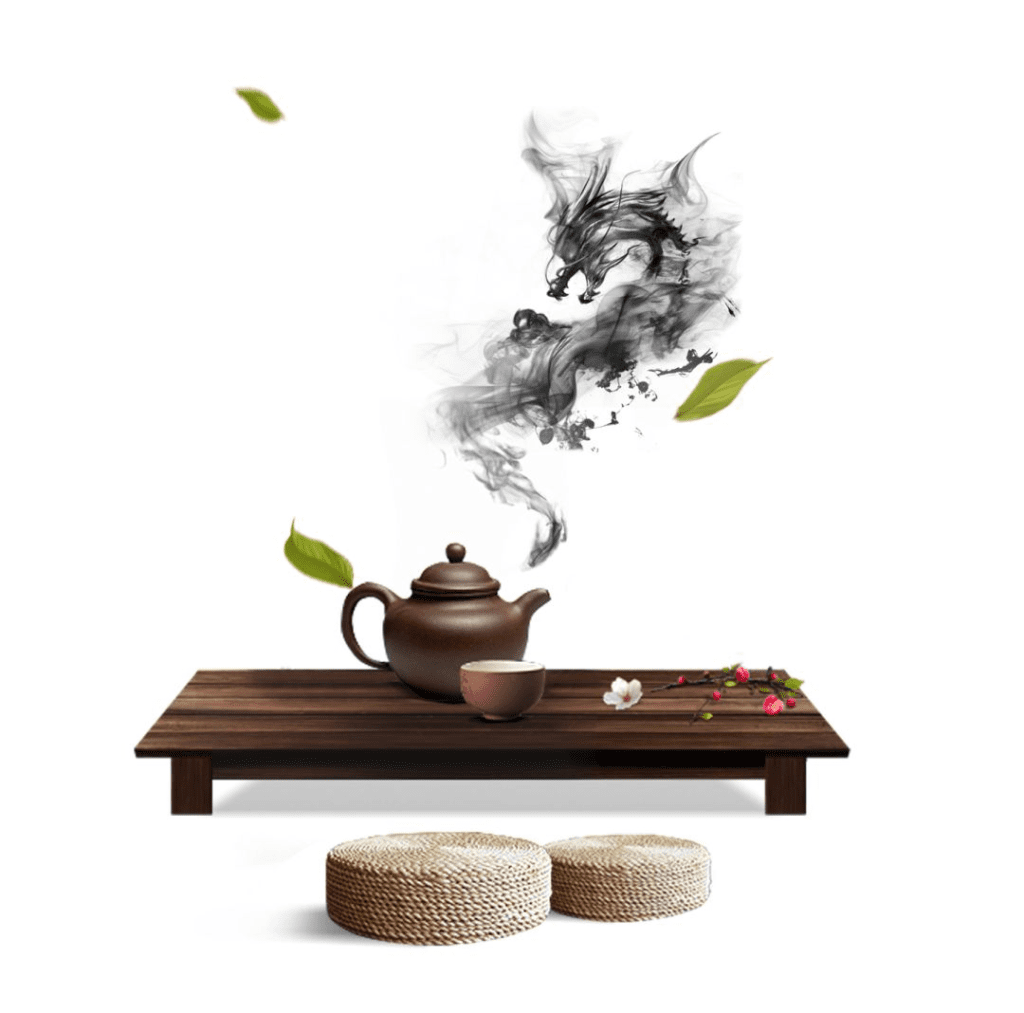
concluding remarks
Tea culture is a treasure of Chinese culture, which blends the elements of elegance and vulgarity and shows the unique charm of oriental culture. Whether savoring a cup of fragrant tea in a quiet tea room or enjoying a period of leisure in a bustling teahouse, tea adds a sense of serenity and harmony to people's lives in its own unique way.

